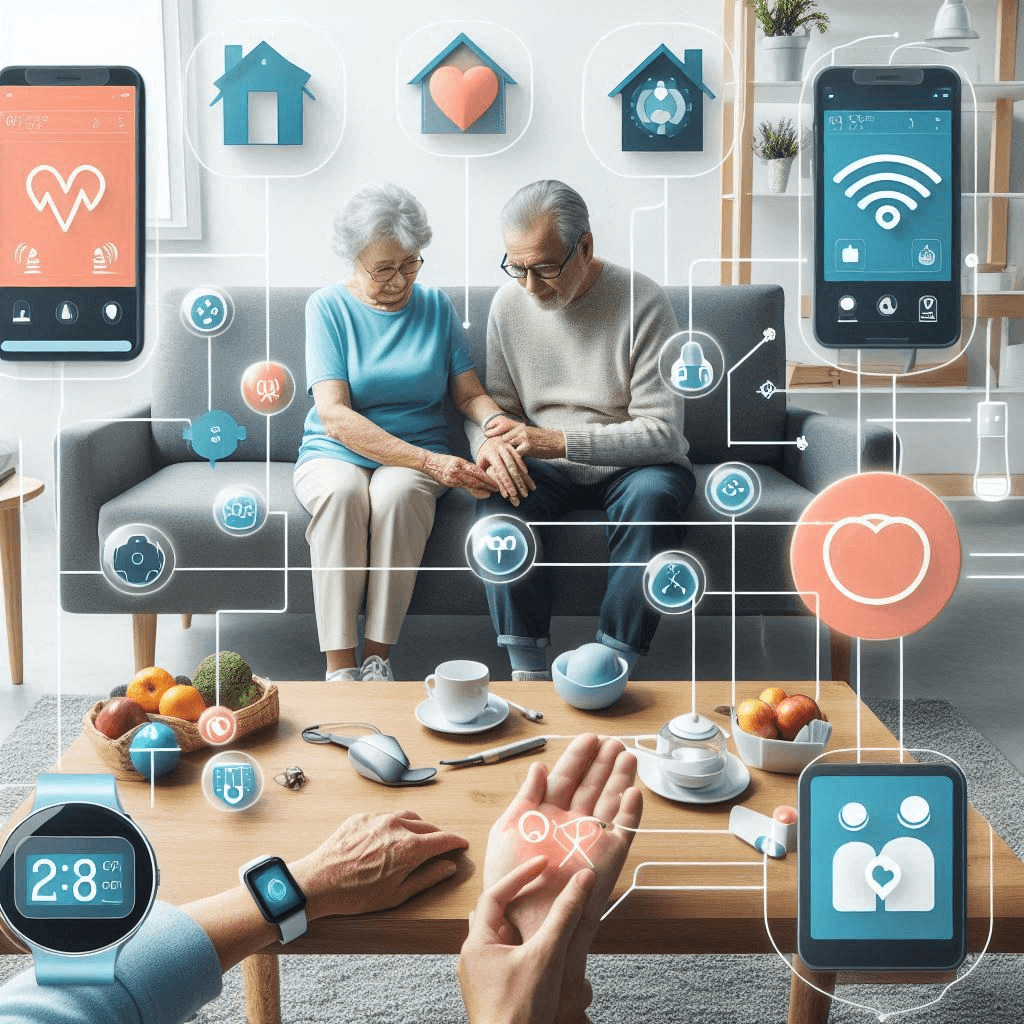As our population ages, the adoption of smart technology among the elderly is rapidly increasing. This trend is driven by the numerous benefits these technologies offer, from enhancing safety to improving health monitoring and increasing independence. In this blog post, we’ll explore why smart technology is becoming essential for the elderly and how it can make life easier and safer.
Understanding Smart Technology
Smart technology encompasses a range of devices and systems designed to automate and enhance everyday tasks. Examples include smart cameras, door locks, smart safes & Security boxes, wearables and health monitoring systems such as personal emergency response systems (PERS). For the elderly, these technologies can provide significant support, making daily life more manageable and secure.
Benefits of Smart Technology for the Elderly
Enhanced Safety
One of the primary benefits of smart technology is enhanced safety. Devices like smartwatches and home sensors can detect falls and automatically alert emergency services, ensuring timely assistance. Additionally, smart home security systems, including smart locks, cameras, alarms, provide peace of mind by safeguarding the home environment.
Improved Health Monitoring
Smart health tracking devices, such as wearables that monitor heart rate, blood pressure, and other vital signs, enable continuous health monitoring. Telemedicine platforms allow elderly individuals to consult with healthcare providers remotely, reducing the need for frequent in-person visits and ensuring timely medical advice.
Increased Independence
Smart home automation systems, including voice-activated assistants and automated home devices, help elderly individuals manage daily tasks independently. Smart mobility aids, like advanced wheelchairs, further enhance their ability to move around safely and comfortably.
Social Connectivity
Smart technology also plays a crucial role in maintaining social connections. Communication tools like video calling apps and social media platforms help elderly individuals stay in touch with family and friends. Online communities and forums provide opportunities for social interaction and support, reducing feelings of isolation.
Why the Adoption of Smart Technology is on the Rise
The adoption of smart technology among the elderly is driven by several factors. The aging population is a significant demographic trend, leading to increased demand for supportive technologies. Technological advancements have made devices more accessible and user-friendly, encouraging their use. Additionally, awareness campaigns and educational programs have highlighted the benefits of smart technology, promoting its adoption.
Overcoming Barriers to Adoption
Despite the benefits, there are barriers to the adoption of smart technology. Cost considerations can be a concern, but various financial assistance programs are available to help. Ensuring devices are user-friendly and accessible is crucial for elderly users. Addressing privacy and security concerns is also essential to safeguard personal data.
Real-Life Success Stories
Inspiring stories of elderly individuals who have benefited from smart technology highlight its positive impact. For instance, many have shared how smart health monitors have helped them manage chronic conditions more effectively. Testimonials from users and their families emphasize the increased safety, independence, and social connectivity provided by these technologies.
Conclusion
Smart technology offers numerous benefits for the elderly, from enhanced safety and health monitoring to increased independence and social connectivity. As the adoption of these technologies continues to rise, it’s essential to explore the available options and consider how they can improve the quality of life for elderly loved ones or oneself.


